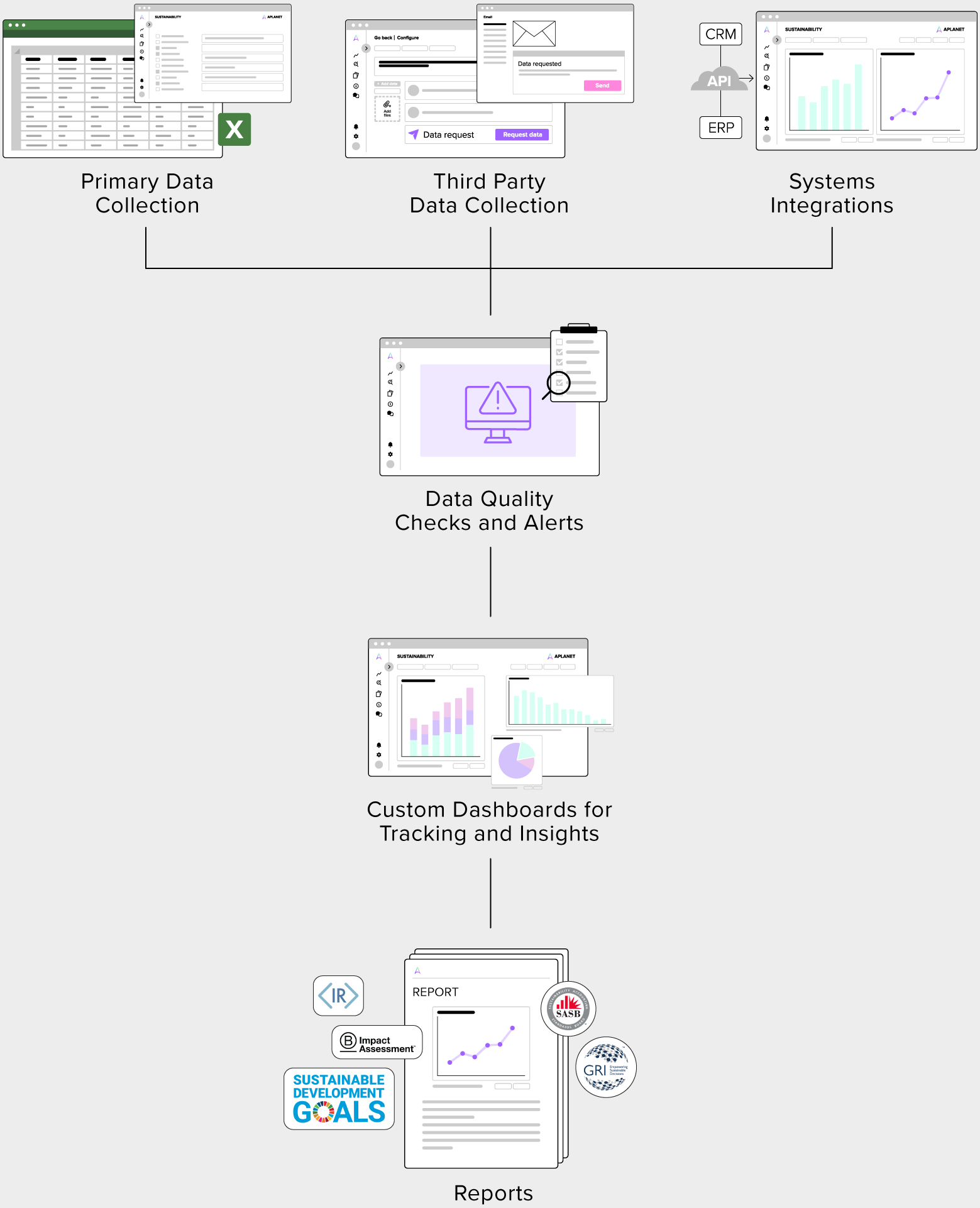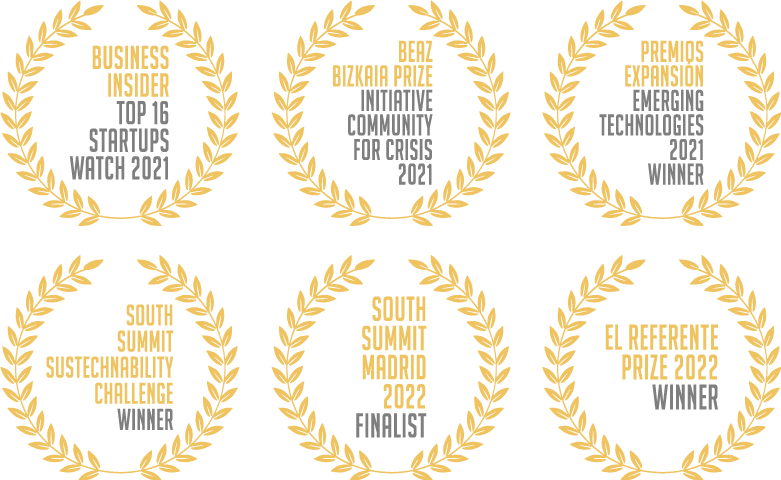
European Taxonomy
The European Taxonomy is a classification system of environmentally sustainable economic activities. The classification determines which of these are are to be considered sustainable and which are not.
The European Taxonomy, closely related to the Sustainable Finance Disclosure Regulation (SFDR), allows investers to understand in depth which organisations they want to involve themselves with and how sustainable and socially responsible they are. In addition, it serves as a guide to companies in line with the SDGs (Sustainable Development Goals) included in The 2030 Agenda for Sustainable Development.

The EU published legislation in line with the European Taxonomy with the following six environmental objectives that companies need to take into account:

Climate change mitigation

Climate change adaptation

Sustainable use and protection of water and marine resources

Protection and restoration of biodiversity and ecosystems

Pollution prevention and control

Transition to a circular economy
In accordance with this classification, a sustainable activity is understood as one that contributes substantially to at least one of these objectives and does not generate a significant negative impact on the remaining 5.
Despite being adopted by the European Parliament in June 2020, the European Taxonomy will officially come into force in January 2022. The Commission is also expected to submit a report at the end of the year (2021) describing the future extensions to the Euroepan Taxonomy, which will stop evaluating simply environmental aspects, taking into account also other social and governance factors.
The enforcement of the European Taxonomy is just around the corner, and with it, the environmental, social and governance responsibilities are curcial for the survival for more and more companies who will be implicated in these legislations.
If you want to know more about how we can help you manage your activities, achieve sustainable development and create non financial reports, request a demo with our team.
Sustainability and your ESG data in the cloud
With our platform you will always be up to date with sustainability standards and regulations. Get the most out of your company’s ESG data and make data-driven decisions. Measuring your organisation’s environmental impact is more important than ever to drive corporate commitments to sustainable development.
Main advantages of APLANET:

Technical support

Mitigate risks

Understand impact by organisational area

Set targets

Customisation of KPIs

Simultaneous project management

National and international indicators and standards

Unlimited number of users

Dashboards for metrics tracking
This is how our software works

We have a technology solution that has received numerous recognitions and awards.
Sustainability data management in the cloud is an innovative idea that combines two highly compatible worlds: sustainability and technology.
Using ESG software has numerous benefits: it is an authoritative source of data that collects and unifies information in order to report and make data-driven business decisions, as well as showcasing all of your company’s sustainability efforts.

This is what people who have integrated our software for the management of non-financial information in their company have to say:
“The value it brought us was more than just the technology itself, but that the tool offered us a more strategic way of dealing with sustainability.”
Felix Zamora,
General Director of IXOS
«APLANET’s tool reduces the time I spend chasing people and allows me to spend it on analysing the information gathered, which is the most important function. For me, as an analyst, the time I spend chasing information is not useful; my time should be spent analysing or questioning the data to see if it makes sense. For this reason, the benefit of the platform has been enormous.»
Cristina Silva,
Senior Environmental Analyst in Globo Group
“We recently presented APLANET to our board of directors and it was a success thanks to the ease of use and dashboard power of the tool.”
Rosa Esteban,
Grupo Sesé
«The APLANET tool is giving us the opportunity to interact with sustainability issues much more and to include different stakeholders within the organisation across different divisions. Now we know exactly who has the information and how to structure it. In addition, the platform has allowed us to unify concepts and distribute them from top to bottom.»
Gabriela Martín,
Global Risk and Compliance in Dominion
Did you know that by 2025 global ESG investment will be valued at $50 trillion*?
If your business is aligned with sustainability standards, you will find it easier to access credit lines, green, social and sustainable bonds.
Securing financing will be closely linked to the sustainability objectives your organisation aims to meet. Achieving sustainable development has become a priority in the financial sector. That is why 49% of investors consider divesting from companies that do not take sufficient ESG measures (PwC, 2022).
Whether you need to comply with international or national regulations, APLANET SUSTAINABILITY helps you to achieve your sustainability goals in a simple way.

*ESG May Surpass $41 Trillion Assets in 2022, But Not Without Challenges, Finds Bloomberg Intelligence / bloomberg.com
